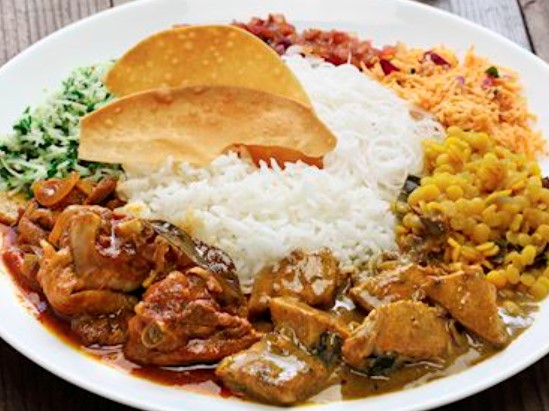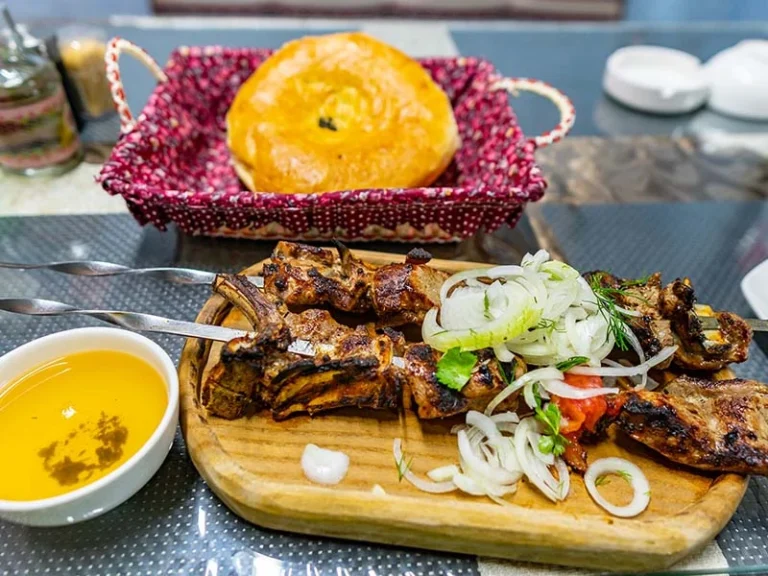Introduction: Sri Lankan cuisine
Sri Lankan cuisine is a unique blend of diverse cultural influences, which has led to the creation of a variety of rich and flavorful dishes. This cuisine is characterized by its use of aromatic spices, coconut milk, and rice. The cuisine has been shaped by the country’s geography and history, as well as its interactions with traders and colonizers over the centuries.
Influences on Sri Lankan cuisine
Sri Lankan cuisine has been influenced by various cultures, including Indian, Arab, Portuguese, Dutch, and British. The cuisine’s Indian influence is particularly evident, as both countries share similar ingredients and spices. However, Sri Lankan cuisine also has its own distinct flavors, thanks to the unique blend of influences it has received over the years.
Key ingredients in Sri Lankan cuisine
Sri Lankan cuisine is known for its use of fruits, vegetables, and spices. Coconut, rice, and fish are staple ingredients in this cuisine. The use of spices is also a defining feature of Sri Lankan cuisine. Cinnamon, cardamom, cloves, and nutmeg are commonly used in curries, while cumin, coriander, and fennel seeds are used in rice dishes.
Unique dishes in Sri Lankan cuisine
Sri Lankan cuisine is known for its unique dishes, such as hoppers (a type of pancake), string hoppers (a type of noodle made from rice flour), and kottu (a stir-fry of chopped roti, vegetables, and meat). Other popular dishes include curry, which is made with a variety of meats and vegetables, and samosas, which are filled with spiced potatoes and peas.
Regional variations in Sri Lankan cuisine
Although Sri Lankan cuisine is similar throughout the country, there are regional variations in certain dishes. For example, Jaffna cuisine, which comes from the northern part of Sri Lanka, is known for its use of seafood and spicy curries. In the eastern part of the country, rice and seafood are popular, while in the central region, vegetables and lentils are commonly used.
Comparison with other South Asian cuisines
Sri Lankan cuisine differs from other South Asian cuisines in its use of coconut milk, which is not commonly used in Indian cuisine. Additionally, Sri Lankan dishes tend to be spicier than Indian dishes, and the use of seafood is more prevalent in Sri Lankan cuisine than in other South Asian cuisines. However, Sri Lankan cuisine also shares many similarities with Indian and other South Asian cuisines, particularly in its use of spices and staple ingredients such as rice and lentils.



